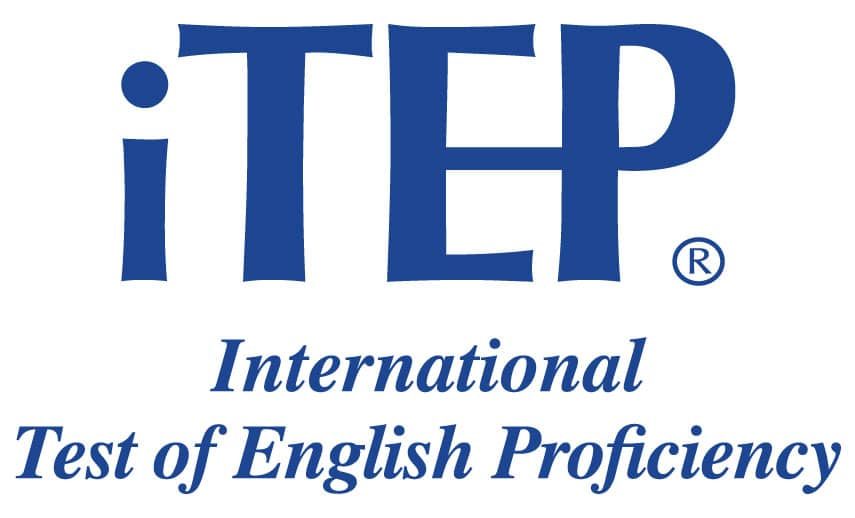Intro
1. Learn Vocabulary - Learn some new vocabulary before you start the lesson.
2. Read and Prepare - Read the introduction and prepare to hear the audio.
In sports, opportunities for a player to make a perfect play are rare. Runners can always get faster, basketball players can always score more points or get more rebounds, but a golfer can never do better than a hole in one.
A hole in one is when you hit the ball in the hole on your first try. Since the hole is always hundreds of feet away, getting a hole in one is an extremely difficult thing to do. Korean star In-Kyung “IK” Kim was one of only 14 players on the LPGA Tour last year to get a hole in one.
IK took recently took a break from putting to talk to us about perfection on the golf course and in learning English.
3. Watch - Watch the video without reading the dialog.
Dialog
1. Listen and Read - Listen to the audio and read the dialog at the same time.
2. Study - Read the dialog again to see how the vocab words are used.

|

IK |
Jason: Welcome to English, baby! I am here with IK Kim at the LPGA Safeway Classic. How are you?
IK: Good, how are you doing?
Jason: I’m great. I was wondering if you could share with all our members who are learning English, what is a hole in one.
IK: Hole in one. On par 3, you make par if you shot 3. If you made in first shot, that’s hole in one.
Jason: So it’s when you hit the ball in the hole on your first try?
IK: Yes.
Jason: I gather you’re really into studying English since you’ve been in the US. Is that right?
IK: Yeah, that’s right. Well, I went to golf school before I turned pro, so I spent a lot of time studying and also meeting new people and hanging out with friends, you know. It just naturally came to me.
Jason: It was easy to make friends when you came to the US?
IK: No, definitely not. I thought American people…I mean, they’re really friendly, but I didn’t speak any language. I didn’t speak any English, so it was hard for me making new friends. But you know, you’ve just got to put yourself out there, kind of break out from the shyness and all that. After a couple of months I was OK with hanging out with other people. But my culture is a little bit more quiet and not as friendly. I mean, we are friendly, but it’s just different culture, so it was a little difficult at first, but right now, it’s been great.
Jason: When you’re learning a language, like when you’re learning English, do you like to speak perfectly, do you resist talking until you have it right?
IK: No, not for me. I just say whatever and then hopefully people understand me. Because they know I’m trying, so I don’t think I try to do perfect, but I try to learn from mistakes and go from there.
Jason: So you don’t mind if you don’t get a hole in one when you’re speaking English? It’s OK to sort of miss and keep trying.
IK: I think it’s OK for me to because I’m from Korea and I came here in ‘05, so it’s been 5, 6 years and I improved a lot since then so I just give it a credit from that.
IK: English, baby!
Grammar Point
Go Super to learn "Gerunds vs. Infinitives" from this lesson 
Quizzes
Lesson MP3
The iTEP® test
-
Sponsored by

Discussion
IK explains that it’s usually only possible to get a hole in one on a par 3 hole. If the hole is par 4 or 5, it will likely be too far reach it on your first try.
When IK first came to the US in 2005, it wasn’t easy for her to make friends. The culture was very different from her home country. But once she adjusted to it and found people to talk to, English came naturally for her. She says that when she was learning English, she wasn’t too worried about being perfect. She didn’t try to make a hole in one with every sentence. IK thinks it’s OK to make mistakes if you learn from them.
Have you ever gotten a hole in one or done something perfectly? Do you try to speak perfectly or do you just put yourself out there?
Find English lessons with Yani Tseng and other LPGA players on our blog.
Comments
|
Brazil |
|
Algeria |
|
Philippines |
|
Taiwan |
|
China |
|
Turkey |
|
Egypt |
|
Guatemala |
|
Colombia |





























